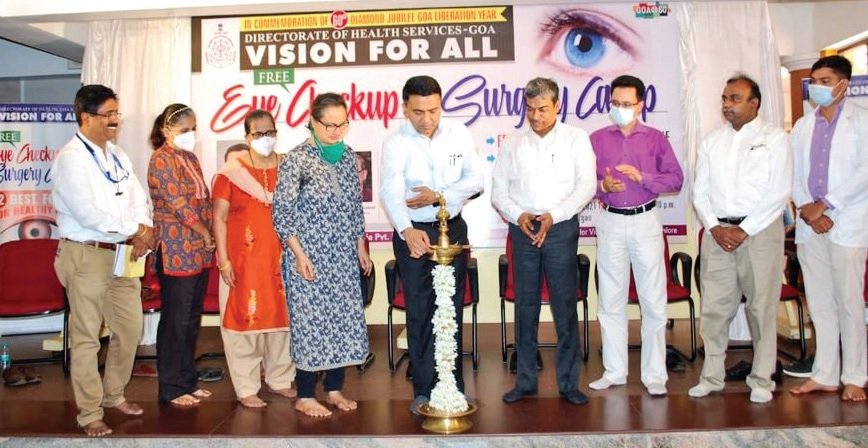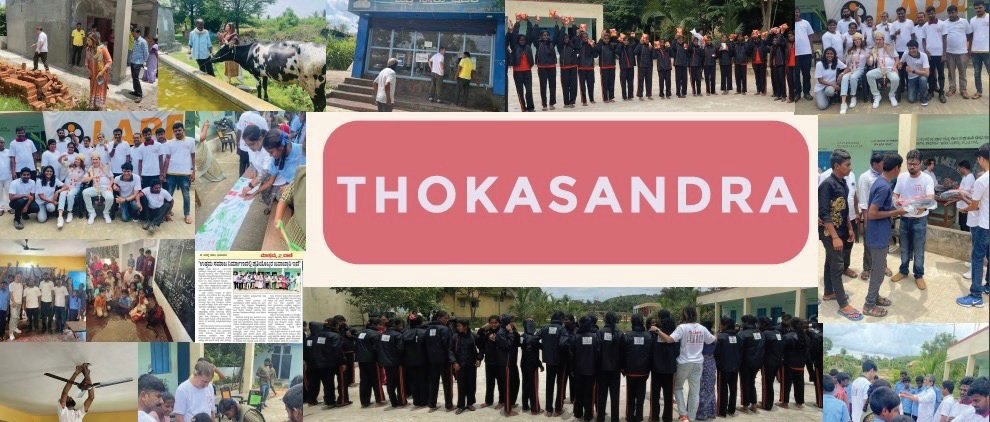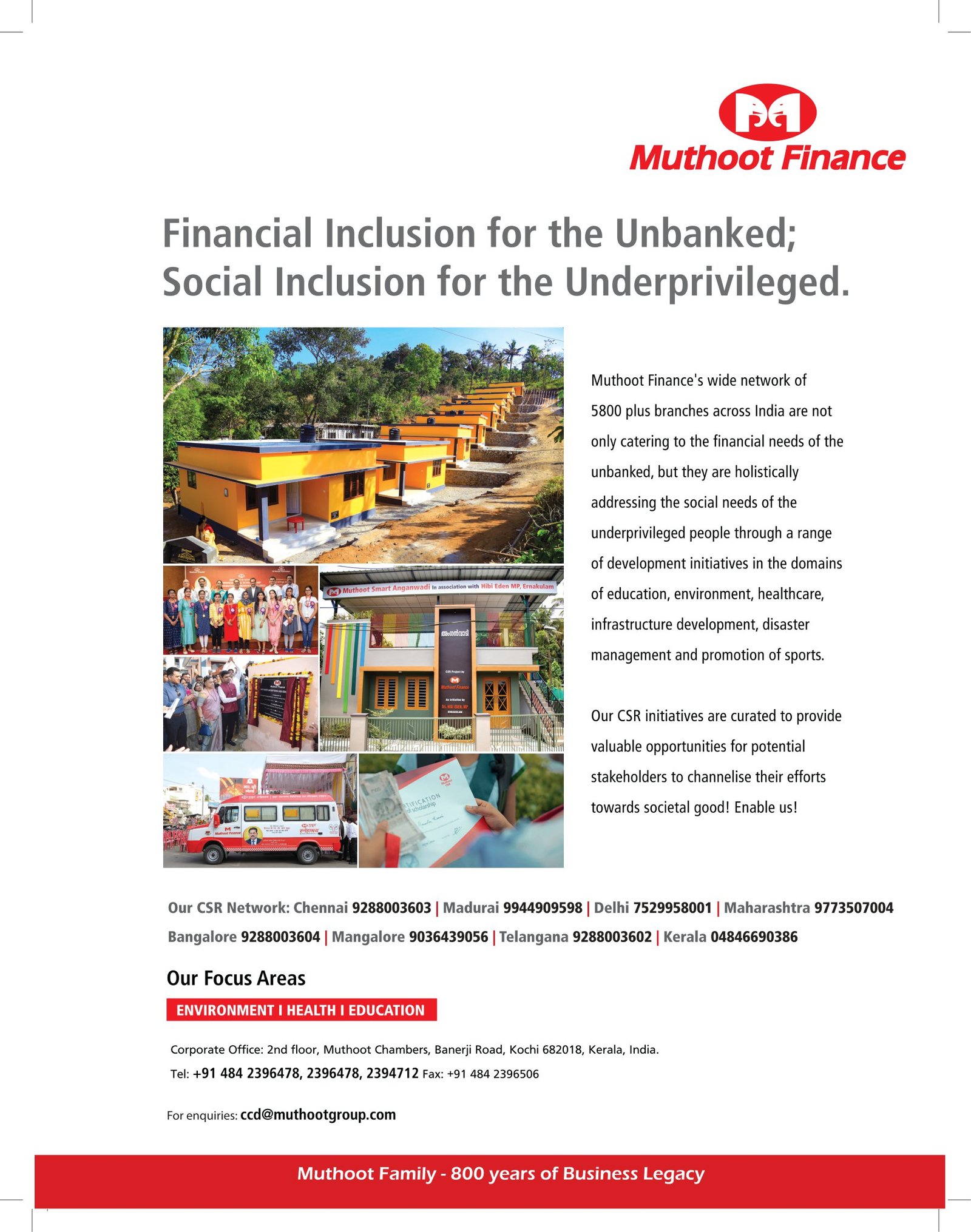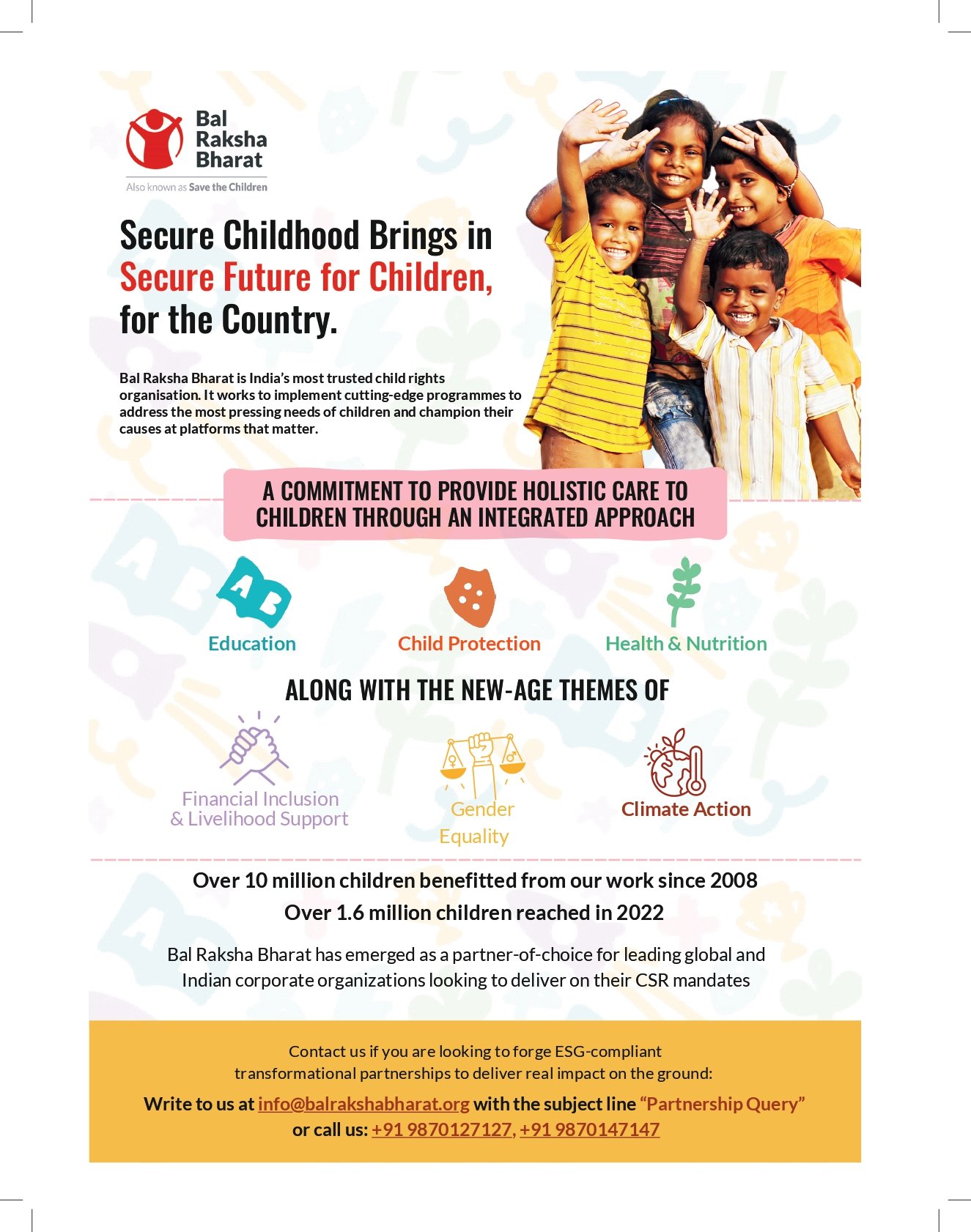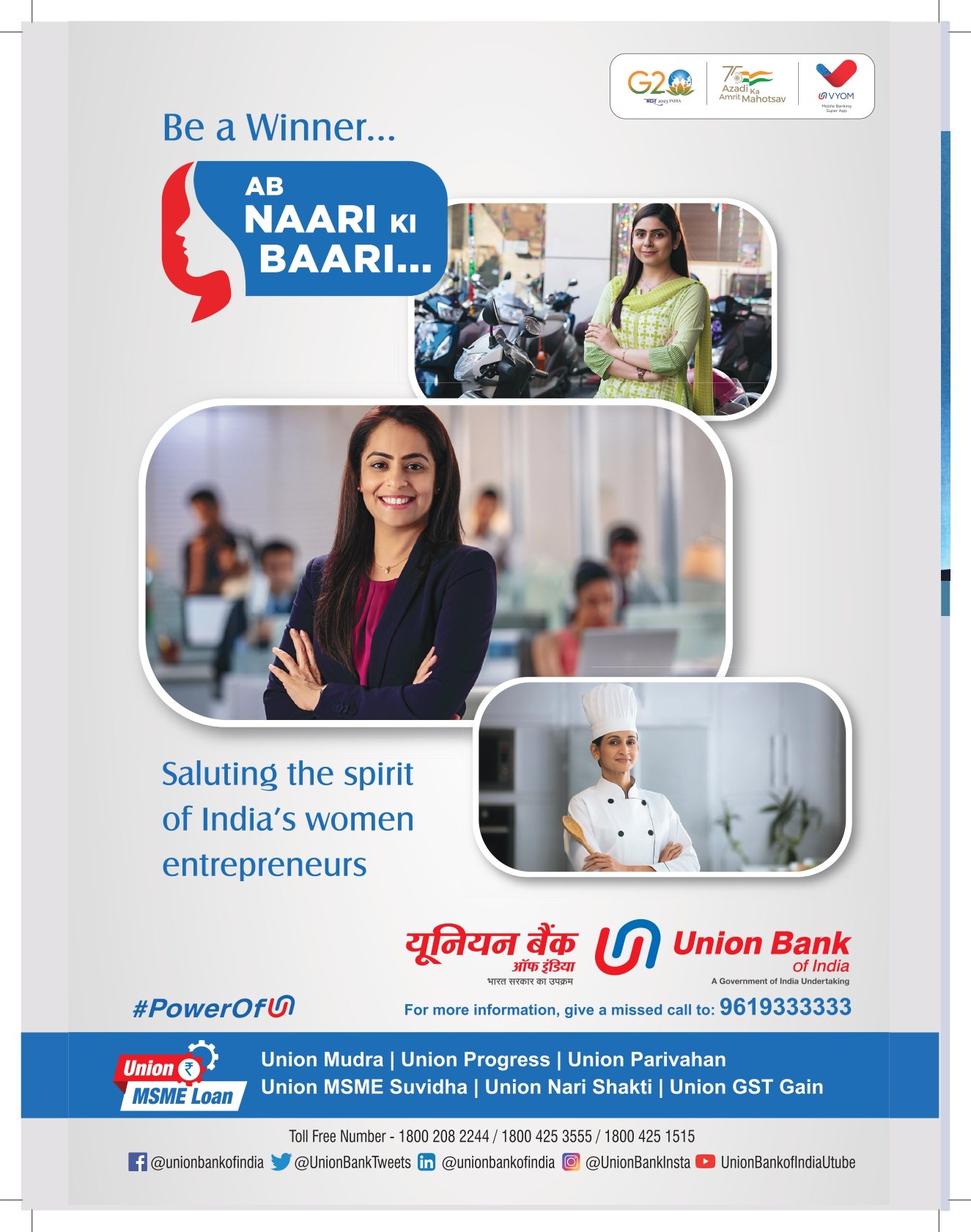INITIATIVE
STRUGGLE FOR EQUITABLE PAY AMONG GENDERS
International Parity at Work Day now celebrated on 11th January every year champions the cause of workplace diversity, and recognises the importance that everyone – regardless of age, gender or sexual orientation – is given equal opportunity in the work place. The International Parity at Work Day was started in 2017. The inaugural day was celebrated in London with businesses and communities around the world holding individual events to show their support for workplace parity. Events also happened in the US, Asia and Europe. In an increasingly volatile, uncertain complex and ambiguous world, organizational diversity increases long-term business resilience – and yet workplace disparity remains a critical global challenge.The World Economic Forum currently estimates that economic parity between the sexes will take 170 years to achieve after a continuous and dramatic slowdown in progress. There is no country on earth where women get equal pay as men for equal work. Equality for the third gender is way behind. Not even the Nordic countries with impressively high overall gender parity can boast of equality when it comes to the pay packet. India has the distinction of being the lowest ranked on gender parity, which includes pay parity, among the BRIC (Brazil, Russia, India, China) economies. In India, the Constitution recognized the principle of ‘Equal Pay for Equal Work’ for both men and women, and ‘Right to Work’ through Article 39(d) and 41. As far back as 1976 the Equal Remuneration Act came into effect and yet unequal pay for working women in India. From small businesses to large organisations to the unorganized sector, women are paid lesser wages than men for the same work. Whatever the reason might be for disparity of wages, whether existing social norms and practices or inadequate accounting of the overall work output of women or even women’s own diffidence in demanding better pay, the loss women and the third gender incur from this inequity is estimated to be significantly large.
REPRESENTATION OF WOMEN IN INDIAN WORKFORCE
Women are currently particularly underrepresented in India’s economy compared with their potential. Gender inequality is a global concern and does not receive the kind of attention it deserves. MGI (McKinsey Global Institute) estimates suggest that, at 17 percent, India has a lower share of women’s contribution to GDP than the global average of 37 percent, and the lowest among all regions in the world. In comparison, China’s women contribute 41 percent, those in Sub-Saharan Africa 39 percent, and women in Latin America 33 percent. India’s economy would have the highest relative boost among all regions of the world if its women participated in paid work in the market economy on a similar basis to men, erasing the current gaps in labour-force participation rates, hours worked, and representation within each sector (which affects their productivity).
Women below the age of 30 earned 23.07% less than men, while those in the age group of 30-40 years earned 30.24% less than men. According to World Bank, in 2014, the total participation of women in the labour force was pegged at only 24.2%, with an average of 40 percent globally. Even though the figures were expected to increase, the astonishing reality is that there has been a 23% decline in the female labour force participation in our country over the last 25 years. In a country where women constitute almost half of the population (48%), these numbers present a challenge that we as a society must aim to overcome. The type of work women are entrusted with, coupled with the conditions under which they work and the opportunities they get to advance, differ widely from what men are offered at a workplaces. From women being overlooked for certain jobs on account of their gender to being offered inequitable wages and development paths, gender disparity presents itself in several ways in workplaces. Patriarchal binaries affect the very system we all function in, and a deep realization of this can be seen in the way it presents itself in the hierarchies established in corporate India. One of the biggest reasons why women occupy fewer leadership positions is the lack of support after marriage, both professionally and domestically. Although times are evolving and there are even cases of women being the “breadwinners” and men the “home-makers”, women are still subtly pressured to make professional compromises for the family. This is the case with women, the gender which has always been the discussion whenever the talk of equality took place. Women as a gender never fought for its existence like transpeople but it still has been facing so much discrimination in this male patriarchal workplace. If this is the case with women, the second majority, think about the third gender which was fighting for its existence till 2014.
REPRESENTATION OF TRANSGENDER IN WORKPLACE
Societies and cultures around the world have historically associated gender with sex, sex with anatomy, and anatomy with identity. These long-standing and erroneous associations have been slow to change, but with exposure, awareness-raising, open-mindedness, and communication, people are gaining a greater understanding of gender identity both in and out of the workplace. Even those who are accepting and inclusive have difficulty understanding the daily dilemmas faced by someone who possesses a gender identity that is not easily classified as “female” or “male.” Think about this: how often are you asked to select “male” or “female” on a standard form? People whose gender identity does not match their biological sex are transgender. For a company to truly pay heed to all aspects of diversity, it must understand transgender issues and should also take care of their rights to work with other gender equally. No one knows exactly how many people are transgender. Representation is hard to determine because it is not always visibly evident when someone is transgender. It is also difficult to report exact numbers through surveys, and estimates could be vastly lower than actual numbers.
DISCRIMINATION WITH TRANSGENDER AS WORKERS
Transgender employees experience discrimination that sometimes leads to job loss, promotion denial, or harassment. One study found that 90% of transgender individuals had experienced harassment or mistreatment on the job or had taken steps to avoid it. Of those individuals, 47% had been fired or denied a job or promotion due to being transgender or gender nonconforming. There are no legal protections for transgender people in many places. European Union laws refer specifically to “gender reassignment,” resulting in about half of all transgender people being unprotected legally because they cannot or do not want to undergo medical gender reassignment. In 32 states in the United States, people can be fired for being transgender. It is in a company’s best interest to hire and retain the most talented employees rather than only provide opportunities to certain types of individuals.
LEGAL MUDDLE & NALSA 2014
The biggest impediment to fair representation of LGBTQ+ people in India’s workforce is a legacy of our colonial masters. Section 377 of the Indian Penal Code (IPC), framed by the British in 1860 but still going strong in 21st century India, criminalises sexual acts, even between consenting adults that are against the “order of nature”. The latter includes non-procreative sex and affects nearly everyone, along with members of the transgender community. Perhaps it’s the draconian language of the law and its prolonged misuse by the police to intimidate queer people that make most companies too nervous to realise that the law does not criminalise an identity but a specific sexual behaviour-so it is difficult to prosecute an individual for simply identifying as queer. Persecuted like any other member of the LGBTQ+ community by the police, transgender people had it even worse, as they were denied a legal existence until as late as 2014. All that changed overnight as the Supreme Court, in a landmark case now known as NALSA (National Legal Authority Services vs. the Union of India), upheld the constitutional validity of people belonging to the ‘third gender’, granting them all the rights and freedoms guaranteed to any man or woman in India.
THE SUPREME COURT JUDGEMENT ON TRANSGENDER RIGHTS
This judgement covers persons who want to identify with the third gender as well as persons who want to transition from one identity to another, i.e. to male to female or vice versa. The Court has directed Centre and State Governments to grant legal recognition of gender identity whether it be male, female or third gender. Legal Recognition for Third Gender: In recognizing the third gender category, the Court ruled that fundamental rights are available to the third gender in the same manner as they are to males and females. Further, nonrecognition of third gender in both criminal and civil statutes such as those relating to marriage, adoption, divorce, etc is discriminatory to the third gender. Legal Recognition for people transitioning within male/female binary. Public Health and Sanitation: Centre and State Governments have been directed to take proper measures to provide medical care to Transgender people in the hospitals and also provide those separate public toilets and other facilities.
Socio-Economic Rights,Stigma and Public Awareness Indian Companies Are Hiring Transgender People, but It’s a Rocky Road Out There. In May last year, Kochi Metro Rail Ltd, an enterprise owned by the government of Kerala, appointed 23 transgender people in different positions in its workforce, a month before it began its operations.
According to Huffington Post, in the first week of their job, 8 of the 23 transgender people, all trans-women, quit. Employed in a variety of roles, from ticketing to housekeeping staff, which paid between `9,000-`15,000 a month, most of them found it impossible to make ends meet, especially since landlords in the city charged them `400-`600 a day for the most basic accommodation. That is, if they agreed to rent a place to them at all. Some of the Trans women had given up begging on the streets or sex work (both are illegal in India) to take up a government job. Others had found employment after being sacked from an earlier well-paid private-sector job because of their gender. If they had hoped for a steady income and better stability, they realised their predicament within hours of joining the Kochi Metro. At the end of their first day at a ‘regular job’, one of them was forced to pick up a customer for sex and another went back on the streets to beg to supplement their incomes.
CONCLUSION
In the end, in spite of adequate constitutional safeguards and antidiscrimination laws to protect them, discrimination against transgender still persists. It is not only the case with Trans-people but inequality at workplace on the basis of gender, religion, caste, creed, race anything still sees its traces. The term “work” should be redefined with the concept of equality forming the bedrock on which organizations are created. Informal cultural norms need to be constantly re-examined, helping India move towards its goal of being an equal, holistic workplace for members of all genders. India presents a unique set of challenges that are rooted in diverse cultural, religious and social stereotypes, and collective action must be directed towards establishing parity in gender roles be it women or the third gender in the workplace.
Gender inequality at work is a real issue that grips modern India and our quest to establish a truly equal society must pick up pace. Open and accepting spaces for people of different gender or sexual orientations is hardly an unreasonable demand to make, and with the help of programs that help sensitise organisations, we may be able to rectify this situation to provide all with equal opportunity and visibility. There should not be a single day to celebrate ‘Parity at Work’ but rather there should be a time when everybody would be able to celebrate equality every day of the year.



